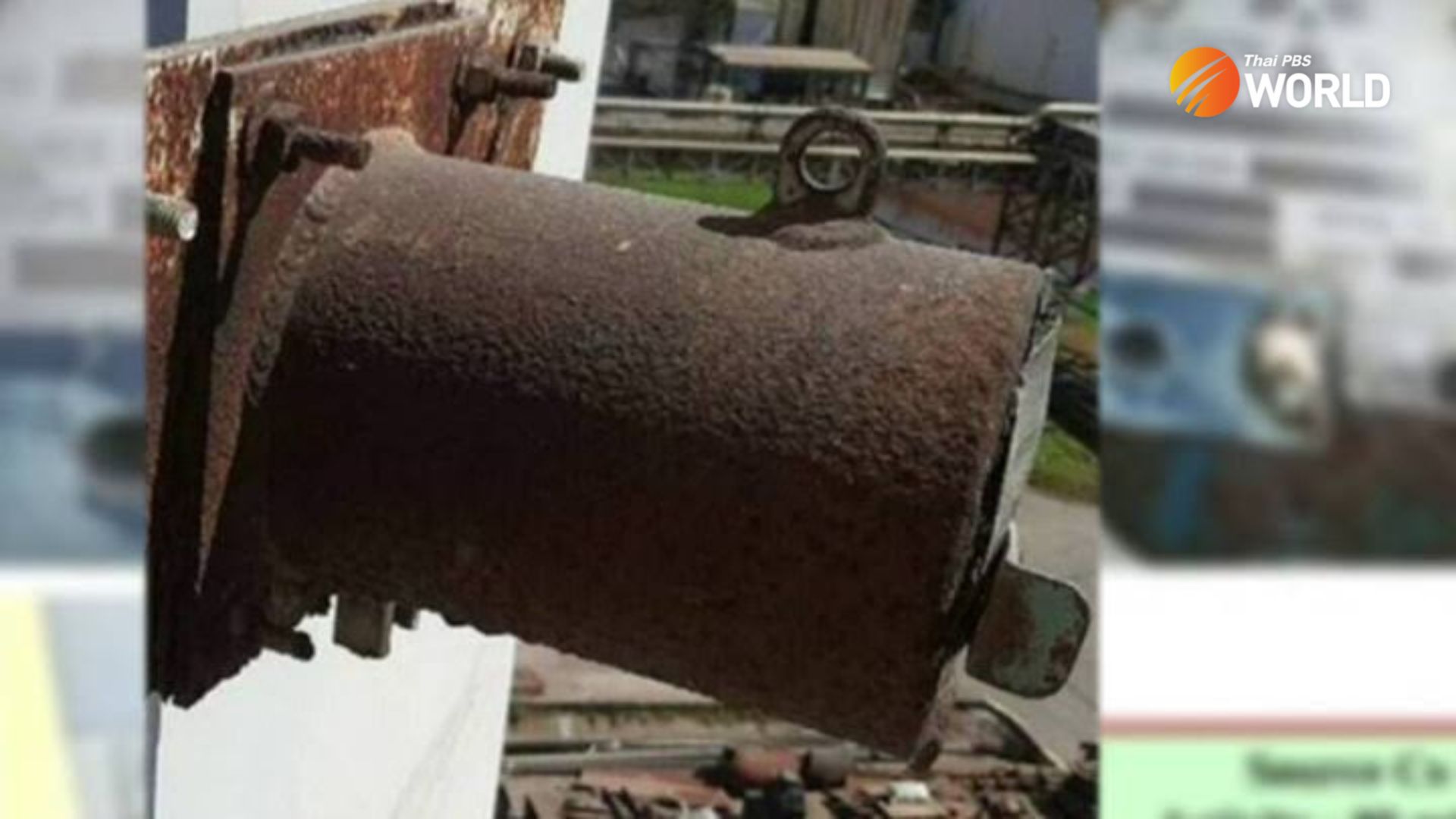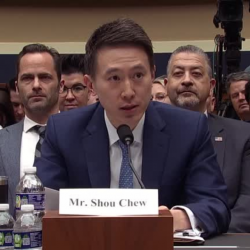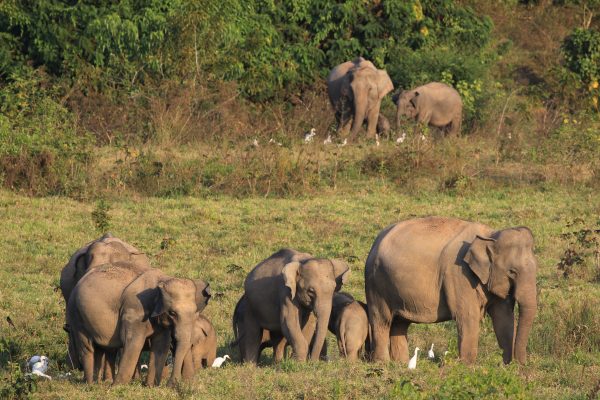A missing radioactive cylinder, concealed information, and the public fallout

Most Thais are trying to piece together patchy information about the Cesium-137 cylinder that went missing from a plant in Prachin Buri and the possible impacts after radiation was detected in the furnace of a recycling plant nearby.
The incident, which has lacked a full explanation by authorities from the very beginning, has stirred up doubt, fear and even panic.
What happened?
The National Power Plant A Co Ltd lodged a complaint with police on March 10 that a Cesium-137 cylinder had gone missing from its plant at 304 Industrial Park in Prachin Buri’s Sri Maha Pho district. The cylinder of radioactive isotope was installed at the plant in the 1990s.
Four days later, the governor of Prachin Buri held a press conference to announce the cylinder’s disappearance.
On March 15, the company’s staff together with Prachin Buri authorities and officials from the Office of Atoms for Peace (OAP) scoured scrapyards in Sri Maha Pho district in the hope of finding the missing cylinder. The plant offered a cash reward of 50,000 baht for information leading to its discovery.
As the frantic search continued, the bounty was raised to 100,000 baht.
On March 19, authorities announced that radiation-measuring devices had detected traces of Cesium-137 at a steel recycling plant. However, it was not until the following day that the OAP announced that the incident was by no means considered a disaster on the scale of Russia’s Chernobyl or Japan’s Fukushima nuclear plants.
But confusion prevails over whether the radioactive substance has actually been melted down and entered the environment.
Parties offering voters range of cures for Thailand’s ailing public health system
What is Cesium-137?
Cesium-137, or radiocesium, is a radioactive isotope of cesium that is formed as a product of the fission of uranium-235 atoms and other fissionable isotopes in nuclear reactors. It is used to calibrate radiation-detection equipment and to support radiation therapy. The chemical is also used in flow meters, thickness gauges, moisture-density gauges, and in gamma-ray well-logging devices.
Cesium-137 ranks as one of the most problematic short-to-medium-lifetime fission products because it has a relatively low boiling point of 671°C (1,240°F) and is easily volatilized when released suddenly at high temperatures, as was the case in the Chernobyl disaster.
In atomic explosions, it can travel very long distances in the air. After being deposited in the soil as radioactive fallout, it moves and spreads easily in the environment because of the high water solubility of Cesium-137’s most common chemical compound – salts.
Health risks
Whether Cesium-137 is harmful depends on the extent of exposure. Accidents related to these radioactive compounds have caused deaths and illnesses in many countries, including Brazil in 1987 and in Ukraine following the Chernobyl disaster in 1986.
In Thailand’s case, health authorities have maintained that neither people nor the environment has been affected by the Prachin Buri incident. Blood tests on people working at the unnamed steel recycling plant showed no abnormalities related to radiation exposure.
Mahidol University’s Faculty of Medicine Ramathibodi Hospital has explained that the level of radiation emitted by the missing Cesium-137 cylinder is estimated to be just 41.4mCi (millicurie). That figure is 57.76 million times lower than the radiation emitted at Chernobyl and 11 million times less than at Fukushima.
Higher Education, Science, Research and Innovation Minister Anek Laothamatas said doctors and radiologists from several medical schools have concluded that traces of Cesium-137 in the environment were so small that they can be compared to exposure to a single CT scan.
The authorities also said that the steel plant’s furnace has filters to trap dust, thus preventing radioactive particles from flowing into the environment.
Will this general election come down to policies or personalities?
Environmental concerns
Sonthi Kotchawat, an expert in health and environment, however, warned that these filters have been in place for a long time and will naturally have lost some efficiency.
“Particles smaller than 5 microns can leak out, as can Cesium-137 vapor,” he said.
He added that tests at the site may not detect traces of Cesium-137 because the wind may have already blown the particles to other areas.
“But let’s continue conducting tests and monitoring the situation closely in line with safety-first practices. Don’t play down public concerns about this incident,” he said.
Meanwhile, people living around the plant where the radioactive cylinder is thought to have been melted down have launched a campaign demanding government action. Among their demands are free regular blood tests on locals every six months for five years, and free treatment and compensation if the blood checks show a raised white blood cell count.
Exposure to Cesium-137 may cause hair loss and blisters, while acute radiation can harm blood circulation as well as the respiratory and nervous systems within a few weeks of exposure. Long-term risks include cancer.
By Thai PBS World’






